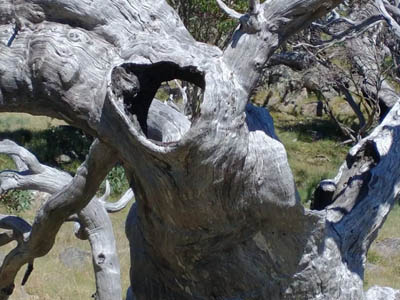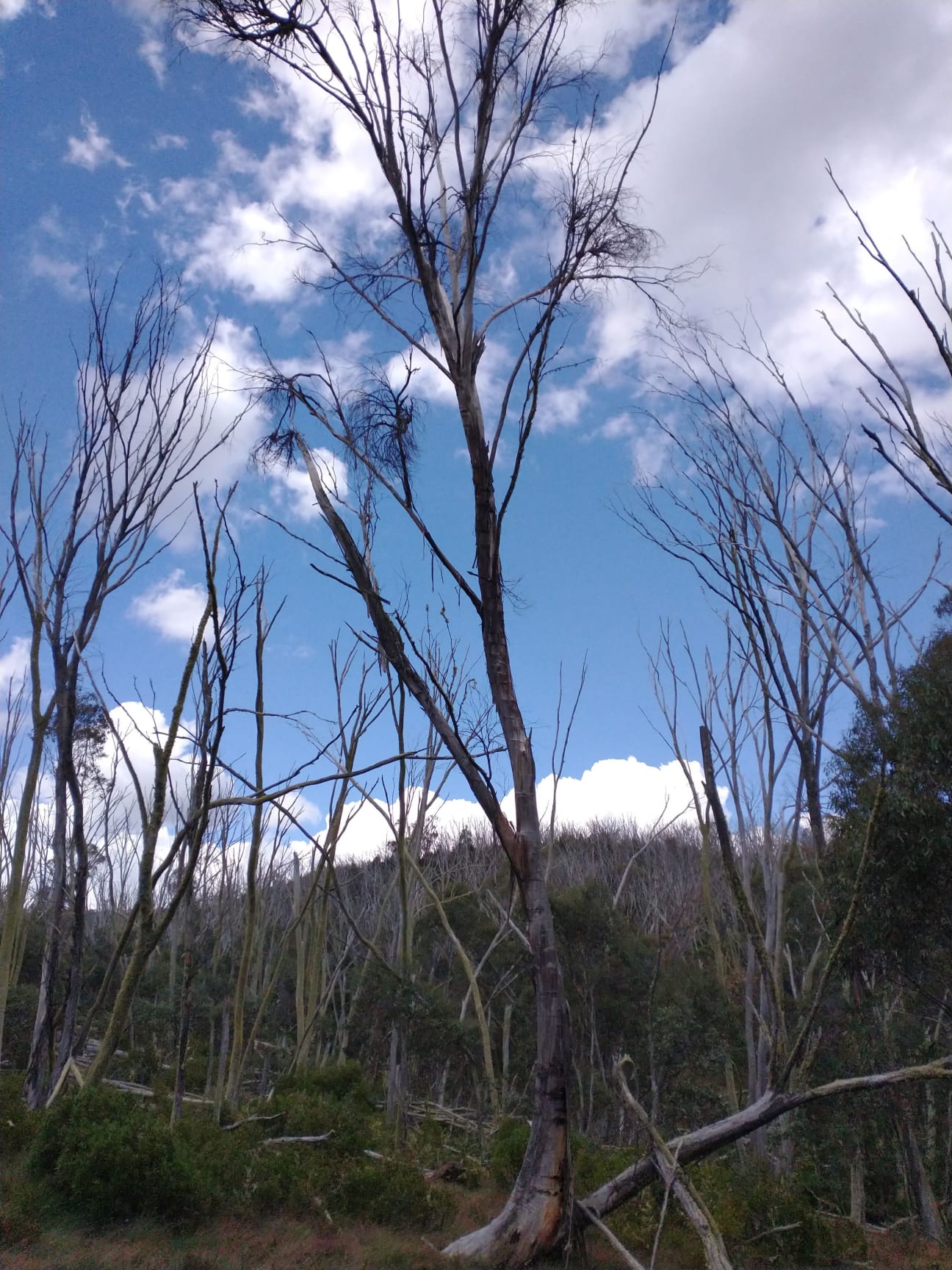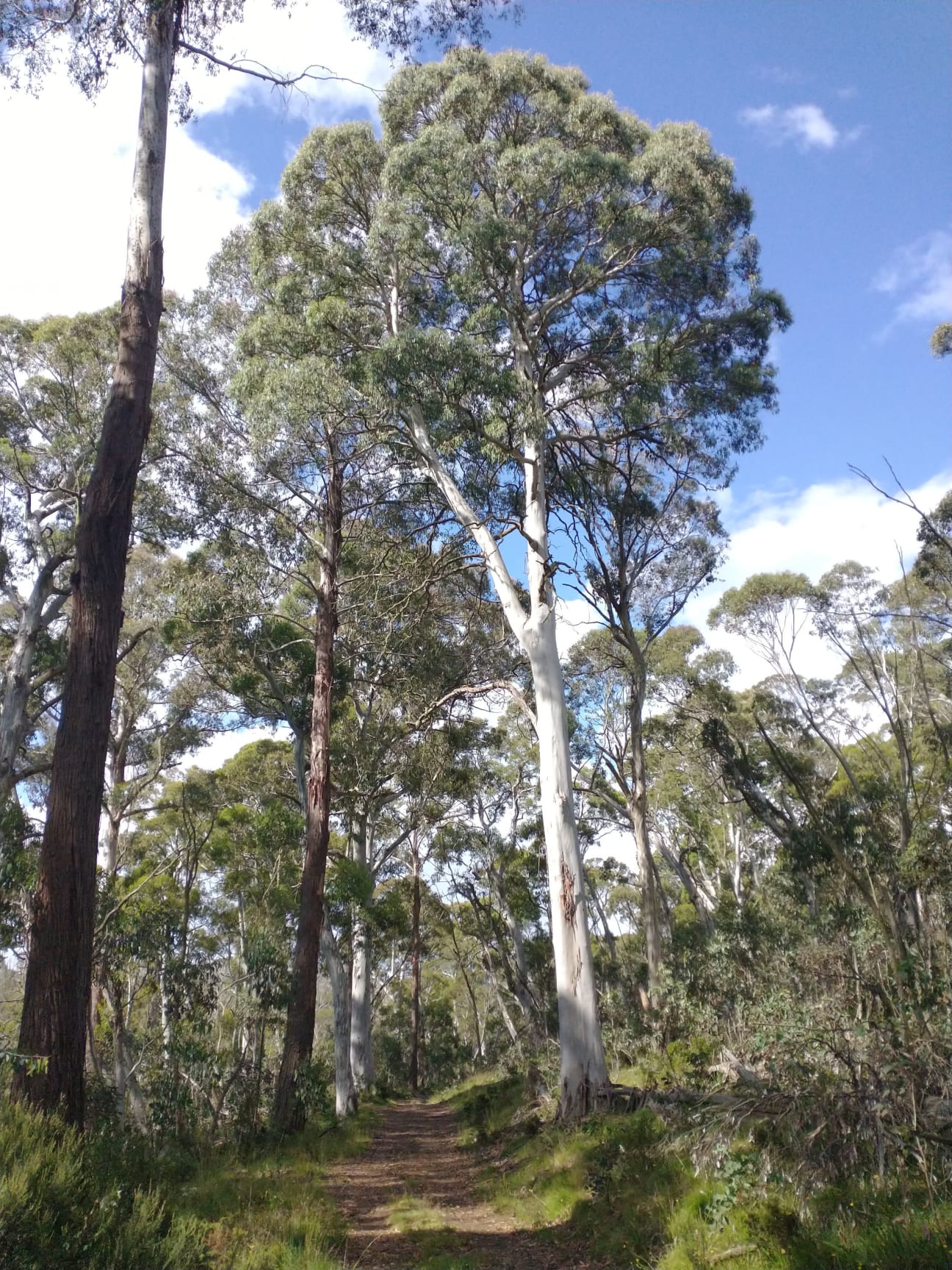
Can native species be a threat?

Tony Kennedy
A teacher with a passion in getting our younger generation involved in looking after the environment, getting to know other people by learning languages, and getting outdoors.
The Australian Alps Bush Blitz was a taxonomy research Bush Blitz specifically targeted to assist in the publication of new species. This means that we search far and wide within the Kosciusko National Park to find all kinds of species. The aim was the identification of species, not the density of species. We were not tasked with finding the number of species present, although some of the research scientists on this #BushBlitz will have a fair idea of population densities given their observations.
In an earlier blog, I explained that of the species native to Australia, many have been lost because of fire, disease, or climatic changes. Within the Kosciusko National Park, it appears that some of the Eucalypts may be in danger. Two of these are Eucalyptus pauciflora (Snow Gum) and Eucalyptus delegatensis (Alpine Ash).
Eucalyptus pauciflora has beautiful twisted branches and only grows to a maximum of 30 metres tall. It is a small to medium spreading tree. It usually has a somewhat crooked trunk and many branches with distinctive beautiful smooth green, grey and cream bark. The feature that distinguishes it from other Eucalypts is that the leaves are shiny with a glossy, thick, and waxy appearance. The veins within the leaf are parallel to the midrib. From October to January, beautiful white flowers appear profusely and frequently.
Eucalyptus delegatensis is a common species in sub-alpine areas, where it can grow to be a massive tree of 50-90 metres tall. It has rough bark on the lower half of its trunk, with the upper half being smooth and white. It has white flowers from December to March.
Both of these Eucalypts are under threat because of different, yet similar reasons. E. delegatensis takes approximately 25 to 40 years before it is mature enough to flower and set seed. Since 2000, there have been a few fires within the Kosciusko National Park. In 2003 there was a severe fire within the National Park, then in 2019-2020 bushfires burnt 33.5% of the Kosciuszko National Park. Sadly, E. delegatensis will be wiped out if it is burnt again by a hot bushfire within the next 25 years as the species will not have had time to reproduce by setting seed.
Fire is also endangering E. pauciflora, but this species is at greater threat because of ringbarking. The common Eucalypt Longicorn Beetle, Coptocercus vicinus, is a native beetle that has become a major pest to E. pauciflora populations within the Kosciusko National Park. The larvae of Eucalypt Longicorn Beetle is causing severe damage to the trees by ringbarking them and killing off great numbers of the Snow Gums.
Eucalyptus delegatensis and Eucalyptus pauciflora have endured snow, wind, and ice for decades, in many cases centuries, but they are quickly dying off because of threat from fire and too much predation by Longicorn Beetles. The speed and scale of this decline is alarming scientists.






